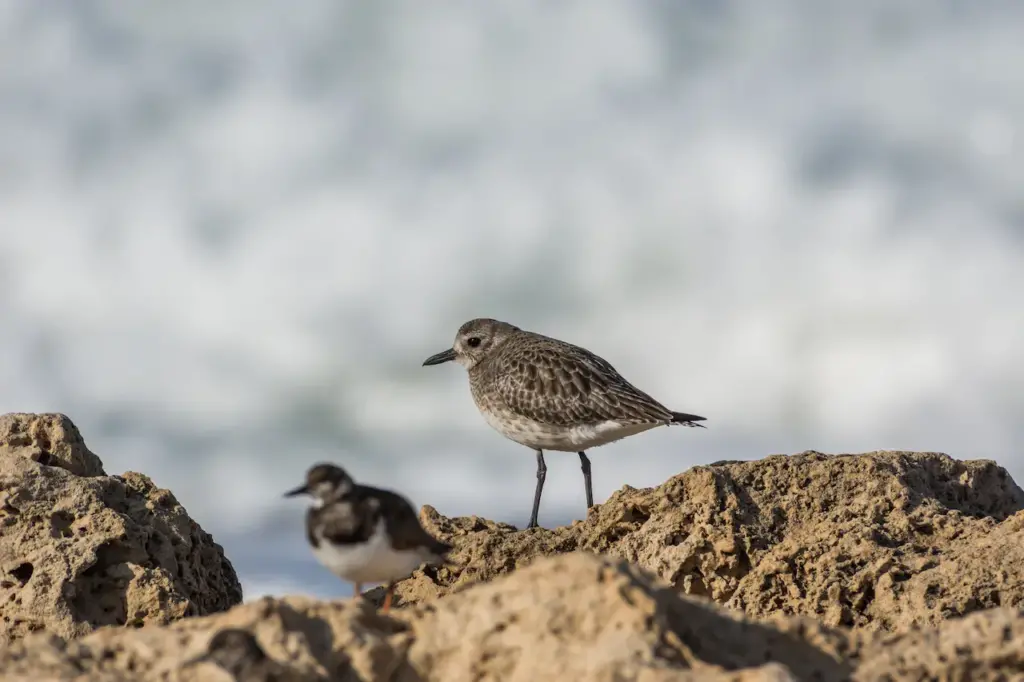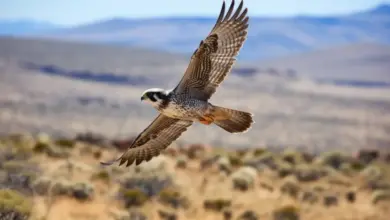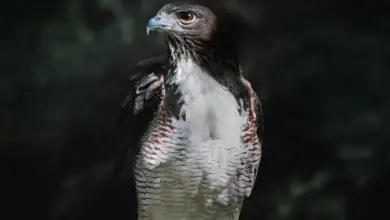The Grey Plover (Pluvialis squatarola), known as the Black-bellied Plover in North America, is a medium-sized plover breeding in arctic regions. It is a long-distance migrant, with a nearly world-wide coastal distribution when not breeding.

Description:
They are 27–30 cm long with a wingspan of 71–83 cm, and a weight of 190–280 g (up to 345 g in preparation for migration).
Most of the year the Black-bellied Plover has a grey back and light underparts (referred to as “Summer Plumage”). Only during the breeding season, we see their striking breeding plumage that gives the species its common name.
Summer Plumage:
In spring and summer (late April or May to August), the adults are spotted black and white on the back and wings. The face and neck are black with a white border; they have a black breast and a white rump. The tail is white with black barring. The bill and legs are black.
Winter Plumage:
They moult to winter plumage in mid August to early September and retain this until April; this being a fairly plain grey above, with a grey-speckled breast and white belly.
The juvenile and first-winter plumages, held by young birds from fledging until about one year old, are similar to the adult winter plumage but with the back feathers blacker with creamy white edging.
In all plumages, the inner flanks and axillary feathers at the base of the underwing are black, a feature that readily distinguishes it from the other three Pluvialis species in flight. On the ground, it can also be told from the other Pluvialis species by its larger (24–34 mm), heavier bill.
In spring and summer, mating season comes and the adult bellies of this species turn black whether the bird is still in its wintering place (for example, on a beach in Sanibel Island, Florida) because it does not want to migrate, or in its breeding grounds up in the arctic of northern Canada and Alaska.

Breeding / Distribution:
Their breeding habitat is Arctic islands and coastal areas across the northern coasts of Alaska, Canada, and Russia. They nest on the ground in a dry open tundra with good visibility; the nest is a shallow gravel scrape. Four eggs (sometimes only three) are laid in early June, with an incubation period of 26–27 days; the chicks fledge when 35–45 days old.
They migrate to winter in coastal areas throughout the world. In the New World they winter from southwest British Columbia and Massachusetts south to Argentina and Chile, in the western Old World from Britain and southwestern Norway south throughout coastal Africa to South Africa, and in the eastern Old World, from southern Japan south throughout coastal southern Asia and Australia, with a few reaching New Zealand. It makes regular non-stop transcontinental flights over Asia, Europe, and North America, but is mostly a rare vagrant on the ground in the interior of continents, only landing occasionally if forced down by severe weather, or to feed on the coast-like shores of very large lakes such as the Great Lakes, where it is a common passage migrant.
Young birds do not breed until two years old; they typically remain on the wintering grounds until their second summer.
Diet / Feeding:
They forage for food on beaches and tidal flats, usually by sight.
The food consists of small mollusks, polychaete worms, crustaceans, and insects.
It is less gregarious than the other Pluvialis species, not forming dense feeding flocks, instead feeding widely dispersed over beaches, with birds well spaced apart. They will, however, form dense flocks on high tide roosts.
Status
The Grey Plover is one of the species to which the Agreement on the Conservation of African-Eurasian Migratory Waterbirds (AEWA) applies.
References
- Hayman, P., Marchant, J., and Prater, T. (1986). Shorebirds. Croom Helm ISBN 0-7099-2034-2.
- Snow, D. W. and Perrins, C. M. (1998). The Birds of the Western Palearctic Concise Edition. OUP ISBN 0-19-854099-X.
- Dickinson, M. B. et al., eds. (1999). Field Guide to the Birds of North America. National Geographic ISBN 0-7922-7451-2.

Copyright: Wikipedia. This article is licensed under the GNU Free Documentation License. It uses material from Wikipedia.org … Additional information added by Avianweb.
Please Note: The articles or images on this page are the sole property of the authors or photographers. Please contact them directly with respect to any copyright or licensing questions. Thank you.





